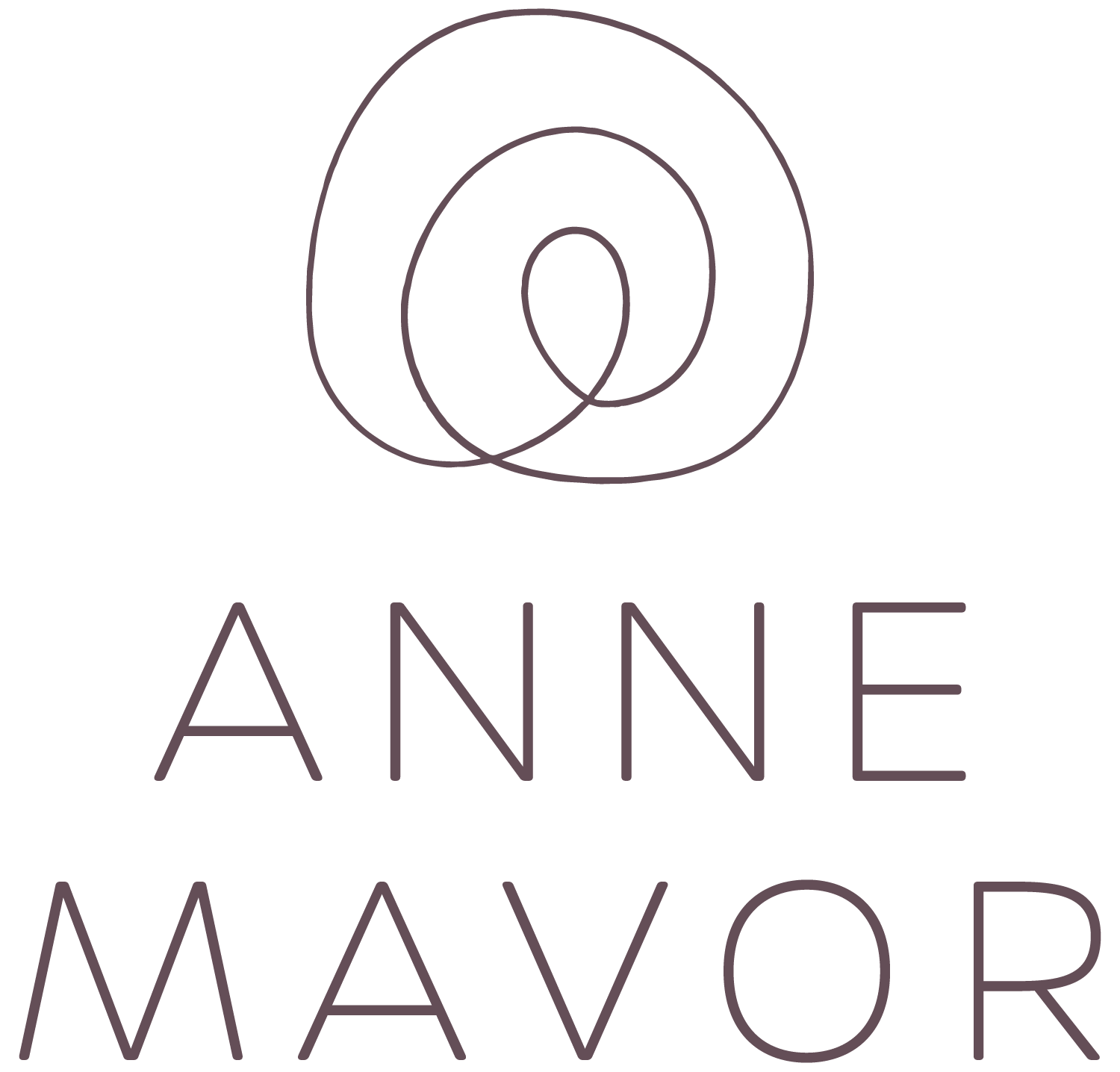
I AM MY WHITE ANCESTORS
INTERVIEW
Why did you do the project?
I did it as a challenge to myself as an artist and a human being. At the time I had just completed a series of paintings of ancient sacred sites in England and Scotland. Many of them were based on research photos my father had taken in the 1960s and 70s with my mother posing in them for scale. As I painted them, I could feel the landscapes where my ancient family lived. So when I was thinking over my next project, I thought of asking a Native American artist to collaborate with me on a project comparing our relationships to our sacred sites. Fortunately I soon realized my mistake. Like many well-meaning white people, I had side stepped my own heritage and instead was using a person of color to legitimize my artwork. So as an experiment, I asked myself, “What if I turned it around completely? What if I claimed my own people instead and took responsibility for their racism and other actions? What would that look like?” I was stunned by the speed and specificity of the answer. It was essentially the exact project you see before you, including the title. I knew it would stretch my skills. But I was too curious to let that stop me. Who would I find? Would there be enough ancestors connected to oppressive institutions? What would they teach me? Could I use my family history to model what taking responsibility looked like? And beyond that, could I fully claim and understand my white identity, then give it up and join the rest of the human race?
How did you do it?
The short answer is that I divided it into manageable chunks, a technique that I hope never to forget. Sometimes those chunks were small and concrete. Like, today I will hand sew nine buttonholes on Mark’s jacket or draw the grid for King Edward’s backdrop. A larger goal was to read a book about the Norman invasion of England and take notes of any references to Roger de Montgomery. Day by day the tasks added up.
I started with Eugenia as the prototype because I knew a little about her and had matching portraits of her and her husband John hanging in our apartment. I knew they had been slaveholders and allegedly Confederate spies. Photographer Jane Keating assisted by her husband Jim Skates and I worked together to figure out how to photograph her and get the image printed on fabric. When “Eugenia” arrived in the mail and we unrolled the print I knew the project was possible. I began to look for the eleven remaining ancestors.
The phases of the project were:
Research and identify ancestors
Design and produce costumes and photograph portraits
Research, write, and record audio diary scripts
Write Teacher Guide
Design and produce the exhibit catalog
Print self-portraits, design signage and hanging system, create comment station.
Simultaneously I was fundraising, building partnerships with organizations, and researching potential venues for touring the show.
What was it like to become your ancestors?
It was odd and illuminating and profound. These characters were like relatives you barely know who have the same nose or way of walking. I wished I could know what they were really feeling about their lives and why they made certain decisions. This information was impossible to find, but I did the next best thing. In preparation for writing the scripts for the audio diaries I interviewed each ancestor by journaling. I was amazed at the different voices that emerged. Some, like King Edward and Sir Nicholas, resisted sharing any feelings while with others the feelings spilled out as if they had been waiting for centuries for someone to ask.
Putting on the costumes and preparing for the photo shoots was another moment when I could experience the persona. I was uncomfortable impersonating the male ancestors. They were in general less sympathetic and I found myself wanting to act silly to offset that discomfort. This was especially true with John Salley, the first man we photographed. I found him distasteful and couldn’t wait to get out of his hot and heavy wool suit. The moment Diane glued on the moustache for Mark Mawer I felt goofy. His ill-fitting new suit only increased that feeling. I imagined him a little drunk to escape the awful feeling of condemning a neighbor to death. I tried to avoid wearing armor for Roger of Montgomery, the 11th century Norman knight because of the weight. But I really wanted to have at least one knight with armor and chain mail was the lightest option. I was struck to learn how physically hard it was to be a knight. Battles went on all day and night. They also wore more mail than I did: leggings, neck coverings, plus carried a shield and heavier swords. How could they walk into a battle knowing they would likely die that day? Yet for those who fought and won, there was wealth to be had from plundering.
I felt more empathy towards the female characters. I understood their lives and choices better. On the whole they were less horrible than the men. Their oppressive actions were often filtered through their husband’s and father’s lives. The exceptions were Ragnhilde and Magdalen who both took actions that directly hurt others. The more noble, the less freedom the women had. Katherine Wydeville was trapped in a life she did not make, illustrated by her long and heavy formal dress and the uncomfortable headpiece threatening to topple off her head. If I could be any ancestor I would be Sibylla. She changed her life, found a community, and got to travel to a warmer climate.
Would you have acted similarly to your ancestors?
Given their situation and choices, I assume so. I can understand wanting to be free, own property, and be powerful and rich and use whatever ways I could to reach that goal. Could I have enslaved people? I hope not but I don’t know for sure. I often prefer to stand silently by and protect myself rather than challenge the system.
When I bike in my city of Portland, Oregon I always pass groups of homeless people. Recently I rode past a young woman walking slowly while dragging her pants and coat. I turned to look at her face. She was crying. Maybe she had been raped or assaulted somehow. I started to feel badly about her but then my mind shifted into what I call my oppressor mind. “It was all just a ploy to get sympathy and money. And even if she was really in trouble, what could I do?” All the way home I wondered if she could have gone to the police. Then she faded from my mind.
What have you learned?
I learned that we are connected to our ancestors in ways we may not realize. With each character I could see revealed a trail of beliefs and behavior patterns that are still alive in me. They are both positive and negative, life affirming and oppressive to others. They include ambition, courage, intelligence, loyalty, obedience, rigidity, fear, arrogance, greed, and superiority.
Most of the time I can successfully ignore suffering around me, both past and present. It’s as though I am numb. Why can’t I feel the horror of slavery or war? But after doing this enormous project, I can feel the numbness starting to melt. I now have twinges of horror and anger and outrage, and despair. This is a cause for celebration. The more I can feel, the closer I am to the rest of humanity.



